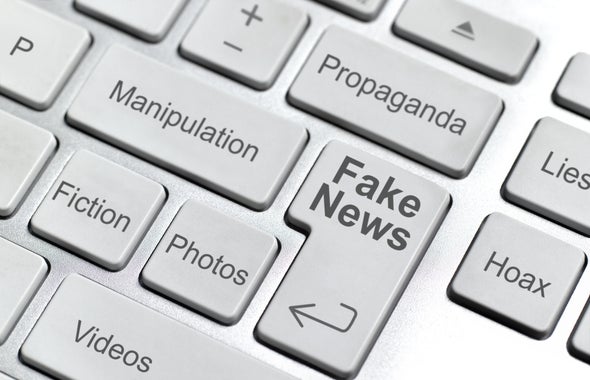There has been no time in the history of mankind where fake news has taken us by storm than during the current Corona virus pandemic. For once, it has not been just about propaganda, but a well intentional sharing of a barrage of untruths in order to show solidarity and concern within communities. Leaders have fallen into inaction because of the haystack of misinformation hiding the needle of factual information; resulting in a global crisis.
We are at war today, a war to save our sanity from the overload of information being pumped into us from all directions. News, brand and marketing information, politics, celebs, self-help and motivational gurus, fitness trainers, weight loss experts are all vying for our ‘expansive’ attention span of 15 seconds, all at the same time. In this mental and emotional chaos, rules fake news, searching for that moment of vulnerability when our ideas converge and help it grow. The fight today, is not on any battlefield, it is a battle to subvert anything of value in our mental territory. It uses our cognitive biases to pierce the fabric of society or an organisation, with the intent to destabilise, demoralise and conquer.
Fake news works on a few very simple principles:
- A fear, crack, division or polarisation in the minds of people or the society – During the recent protests in Hong Kong, opposing camps were locked into ‘echo chambers” of online misinformation, while neutral and factual news sources were being drowned under. Instances of false news such as ‘a secret massacre at a subway station; murder disguised as suicide and impending terrorist attacks’ – false online news amplified confusion and fear as the pro-democracy unrest turned increasingly violent. A deep distrust of authorities and police fuelled the rumours among the protestors and citizens alike. In such a febrile situation, people were more inclined to accept information that supported their point of view – fake news then being passed on rapidly took a life of its own.
- Fake news can be created by a big bold lie that is so outrageous that it cannot be seem to be made up. Carefully edited videos, half-truths, and selective reporting can support parts of this big untruth and be fascinating enough for people to be the first ones to share it. This is how conspiracy theories take root.
- This big bold lie can be wrapped around a kernel of truth, so that it may be considered to be an extension of something that people know for sure can be true.
- Once this ammunition is created, all we need are some gullible, passionate idiots who will blow up the embers into a full-blown fire. Repetition and multiplication are part of the game – lies spread faster than truth.
- Parties that have an agenda and are propagating fake news will always deny their hand in it. KGB will never agree that they created the anti-US propaganda that HIV-AIDS came from a lab in Pentagon to wipe out the Black and Gay communities. Our incredibly short attention spans, short memory and the eagerness for the next ‘breaking news’ helps in this cause!
- Fake news is often played as a long game with various online & offline strategies in order to destabilise rival organisations, countries and individual. The longevity of a campaign often accumulates misinformation over many years, creating a mythological trail and trust of people.
The key antidote to the fake news virus is to fight disinformation. Ukraine has a TV channel called ‘Stop Fake’. In Estonia, there is a national digital guard, a group of thousands of volunteers who fight fake news. Media can play an active part to actively debunk fake news through fact checking and by engaging citizens to rally around for good critical thinking.
We are in a fake news era, whether we like it or not and with its potential to ruin reputations and even destabilise countries, it needs to be carefully crafted into key policy agendas. Organisations and governments can use Artificial Intelligence (AI), big data and behavioural sciences stream as an answer to this greatly nuanced problem.
Big data and Artificial Intelligence have emerged as powerful tools to identify fake news items and track news stories playing tricks on users. With trillions of user posts, Facebook has a huge challenge of fake news. When it realised that manual checking of facts was impossible to solve this problem, it turned towards AI to find a solution. FB is attempting to leverage AI to find words or word patterns that can possibly throw light on deliberate misinformation. As AI makes it easy to learn behaviours, made possible through pattern recognition, it can help identify fake news by taking cues from past articles flagged by users as inaccurate.
For the world, apart from our common sense and mindfulness towards fact checking, AI seems like a beacon of hope to assure veracity of data and identification of fake news.
The views and opinions published here belong to the author and do not necessarily reflect the views and opinions of the publisher.



Be the first to comment on "The Fake News Virus – A localised infection or a looming pandemic?"